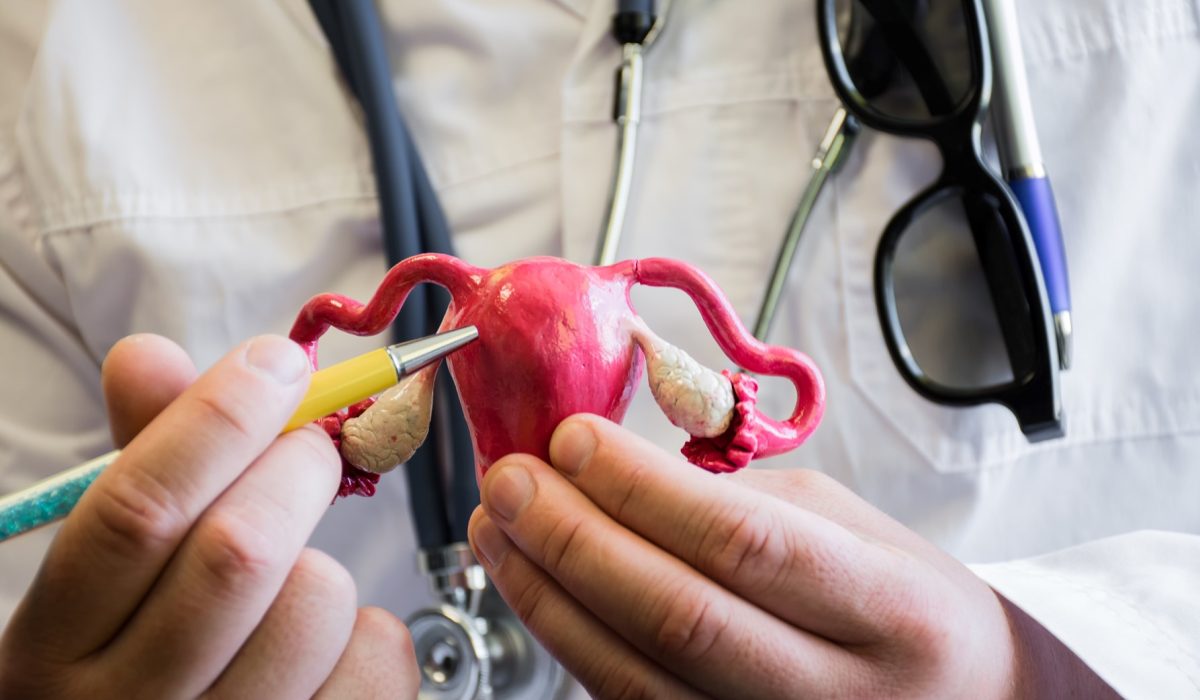A procedure to treat heavy periods by removing or destroying the uterus lining, which reduces or stops menstrual bleeding.
Types of Endometrial ablation
- Thermal ablation: Uses heat energy to remove the uterine lining.
- Cryoablation: Freezes and destroys the lining of the uterus.
- Balloon Therapy: Inflates a balloon inside the uterus, applying heat to remove the lining.
- Radiofrequency ablation: Uses radio waves to destroy the lining of the uterus.
- Microwave ablation: Uses microwaves to heat and remove the uterine lining.
Indications for Endometrial Ablation
- Heavy menstrual bleeding (menorrhagia) that significantly impacts daily life
- Periods lasting longer than seven days
- Failed response to medications like hormonal therapy or nonsteroidal anti-inflammatory drugs (NSAIDs)
- Desire to avoid or inability to undergo hysterectomy (removal of the uterus)
Causes
- Hormonal changes: It leads to heavy periods, when hormones get out of balance, such as during menopause or conditions like PCOS (Polycystic Ovary Syndrome).
- Uterine fibroids: These are harmless lumps in the uterus that can make periods heavier.
- Endometrial polyps: Small growths inside the uterus lining that can cause heavier bleeding.
- Adenomyosis: The uterine lining grows into the muscle wall, it can lead to heavier periods.
- Endometrial hyperplasia: When uterus line thickens too much, it can cause heavier bleeding.
- Certain meds: Some drugs like blood thinners or painkillers can also make periods heavier.
Diagnosis
- Transvaginal Ultrasound: A non-invasive procedure using sound waves to create images of the uterus that help detect abnormalities like polyps, fibroids, or thickened endometrial lining.
- Endometrial Biopsy: A tissue piece is taken from the endometrium for examination. This helps identify issues such as abnormal bleeding, cancer, or hormone imbalances.
- Hysteroscopy: A minimally invasive procedure using a thin, lighted tube (hysteroscope) to examine the uterus.Allows direct visualization of the endometrium and detection of abnormalities.
Therapeutic Endometrial Approaches
- Endometrial Resection: this procedure surgically removes the lining of the uterus. It is suggested for women with larger uterine cavities or certain health issues.
- Hormonal Therapy: Involves the use of hormones to regulate the menstrual cycle, reduce endometrial thickness, and helps manage conditions like endometriosis, polycystic ovary syndrome (PCOS), and menopausal symptoms.
Myths and facts
- Myth: It is only for women who do not want children
Fact: It is also an option for women who have completed childbearing
- Myth: It guarantees permanent birth control
Fact: While it can make pregnancy difficult, it is not a guaranteed form of birth control
- Myth: It is always the best solution for heavy periods
Fact: It is a treatment option but not always the best choice, depending on individual health factors.
- Myth: It is a high-risk procedure
Fact: It is safe, but like any medical procedure, it carries some risks
Endometrial ablation is not just for women who do not want children and does not ensure you cannot get pregnant anymore. It is still a desirable choice for tackling heavy periods, but whether it is right for you depends on your health situation. It is crucial to talk with your doctor to make the best decision for you.
